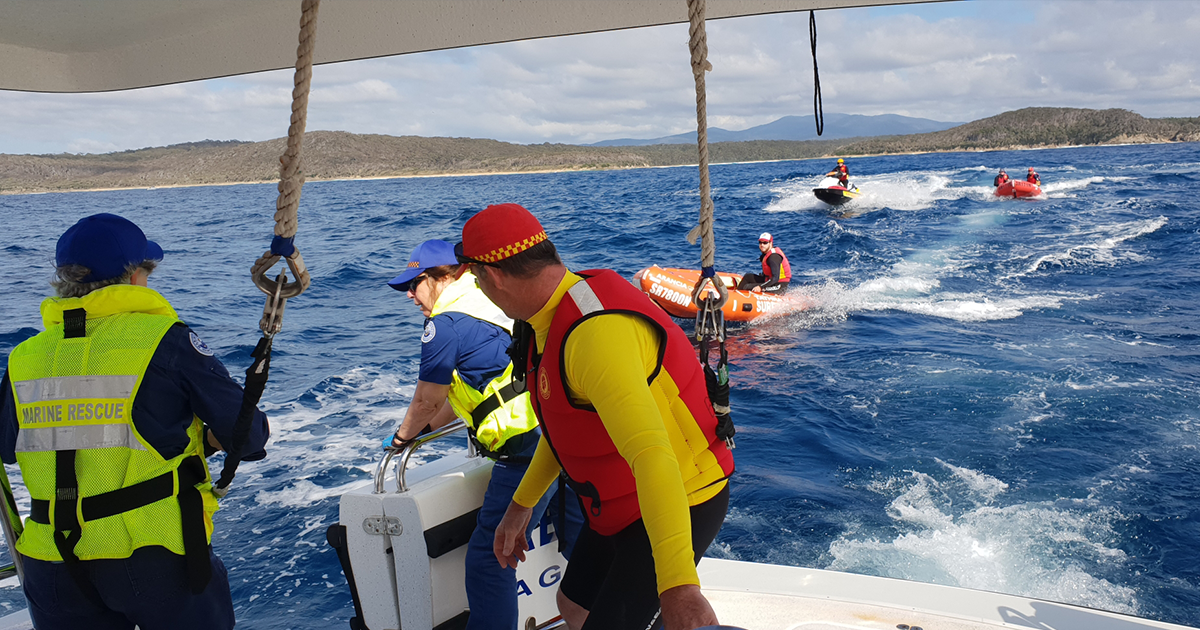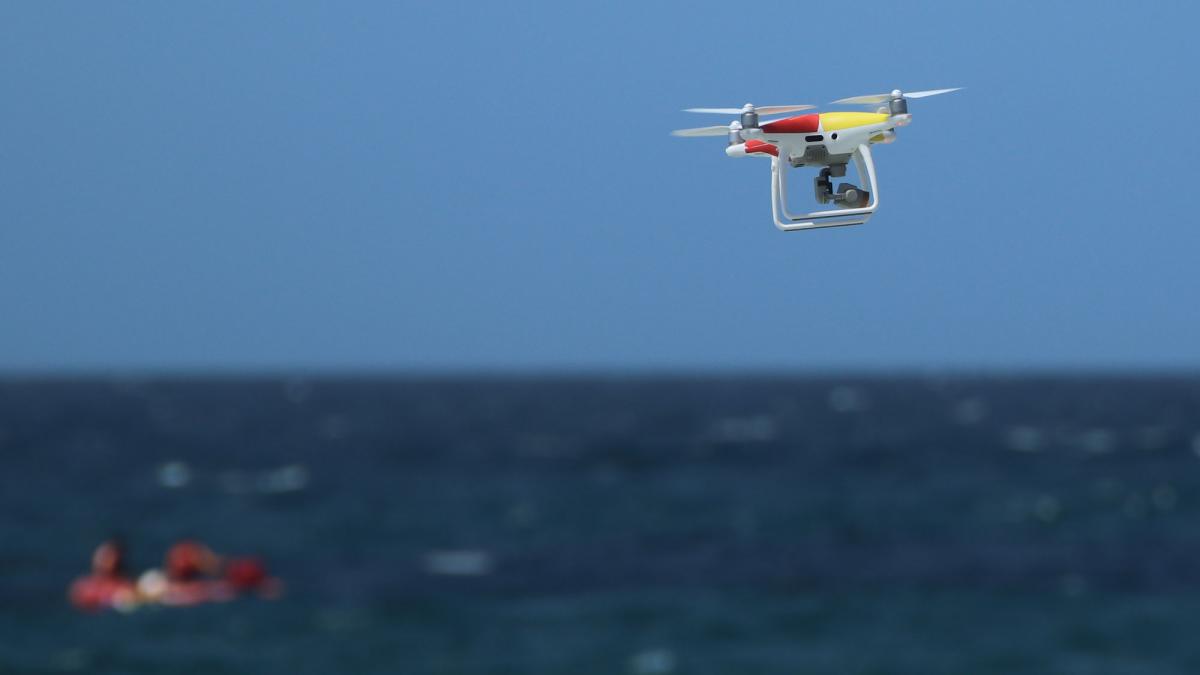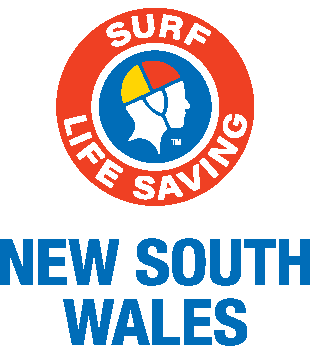When a person goes missing on the vast, rugged far southern NSW coastline, it often takes the expertise of many agencies to perform a successful search and rescue operation.
In January the Far South Coast (FSC) branch was asked to provide water assets and a drone to assist in the search for a missing man.
The man went missing in Eden in December. Despite the police undertaking extensive searches in the water and bay there was no sign of the man. The search area was finally narrowed down and Police enlisted the FSC Support Operations team to help get in close to the cliffs for a more thorough search.
SLS FSC Director of Lifesaving Cheryl McCarthy was part of the weekend’s mission which, for the first time, involved new SLS UAV support operations capabilities.
“We teamed up with NSW Police and SES to provide 11 surf lifesavers, mostly from the Pambula SLSC call-out team,” said McCarthy. “This included two IRB and two RWC operators on the water as well as two drone operators.”

The group was split into two teams. They began at opposite ends of the search zone and worked in toward each other. “Anytime we saw something out of place the duty officer coordinated the UAV to take a closer look,” said McCarthy.
“They discounted a lot of sightings quickly and what they couldn’t, the SES would send their abseil crew down the cliff to investigate further.”
In the 2018/19 patrol season, Surf Life Saving Services and Westpac Life Saver Rescue Drones Program provided 22 UAVs which were integrated into branch Support Opperations Teams. This was in addition to the 20 UAV locations taking part in the Department of Primary Industries shark surveillance program.
With the addition of UAVs to the surf lifesaver’s toolkit, volunteers can save time and reduce risk in potentially hazardous rescue situations. “In this instance, the Police were particularly impressed with our capabilities and coordination of the UAVs with our water team,” said McCarthy. “It meant they didn’t have to continue sending people down the cliff for every sighting.”
Utilising the UAV in the search also meant the police could produce a video and tracked map of the searched area for the Coroner’s report.
The Far South Coast lifesavers appreciate the opportunity to take part in operations with other emergency services. “It’s great training for our call-out teams,” said McCarthy who admits she hesitates to call it training as it was a real search.
“By the amount of time the man had been missing, we knew it would be a recovery sadly. Therefore it wasn’t a time-pressure search, which gave us breathing space to be very thorough.”
McCarthy said that taking the time pressure out of the situation meant it was a great learning opportunity for the team to refine search processes. It also meant that volunteers could become more familiar with the coastline outside their own beaches. This gives members greater confidence and situational awareness during a timely search.

Between Pambula, Tathra and Bermagui SLSCs, there is over 50km of coastline, monitored by a growing group of skilled surf lifesavers. The members and clubs of the branch continue to invest their time in advanced lifesaving training and support operations.
The UAVs certainly proved useful to everyone during this search,” said McCarthy. “Tathra and Pambula have taken the lead with the shark surveillance program here and were able to bring their UAV pilots to assist. It was a terrific chance for them to deploy in a different way to normal beach patrol surveillance.
“We’d love to see UAV operators as part of every call-out team in the future after this positive experience,” she concluded. “Just to have the capacity to support our volunteers and act quickly and without risk is so valuable to what we do.”
The FSC Support Operations team is tasked to many out-of-hours emergency situations. Bermagui SLSC has also been working with Marine Rescue to assist with boat and craft rescues.
The distance between Bermagui and Tathra is 36km. With no boat ramp between the two beaches, getting to the scene of an incident provides a time challenge for the Marine Rescue crew.
“Any search and rescue in the area is tough and takes a long time to coordinate and execute,” says McCarthy. “We started putting the IRB on the back of a Marine Rescue boat. It’s very handy for their team. It means they can perform a blue-water search and we can search the white-water covering more area in a shorter space of time.”
Surf Rescue IRBs don’t usually head offshore to participate with marine rescues. Knowing that the club’s IRB can be so easily attached to the Marine Rescue ORB has given the club the capacity to collaborate with offshore extractions and the transportation of patients from yachts.
In many of the state’s most isolated coastal areas, dedicated volunteers are up-skilling and becoming an essential support to other emergency services.
*Further to this story, FSC Support Operations team were recalled for a final investigative search for the missing man on 16 March after the outstanding cooperative work and capabilities they showed particularly with the use of the UAVs. The team consisted of nine of the 31 UAV pilots in the branch who were tasked to conclude the search for the Coroner. The UAVs performed search patterns of the designated area as coordinated by the NSW Police.
Wednesday 27 March 2019


